HPE space servers continue to work - for now
We talk to HPE's VP & general manager of HPC and AI at Discover 2017


THE HPE servers launched into space are still operational and working, according to Bill Mannel, the organisation's vice president and general manager of HPC and AI.
"I think they've been there for about 60 days now, about two months, [and] they continue to work," Mannel told IT Pro at Discover 2017
"The important thing behind that effort was to see if we could take basically what's called commercial grade servers and make them work in space."
He said it's a year-long test and the company is heading towards the 90-day milestone now.
He added: "We worry about that the internal components will be damaged by cosmic rays, or these sorts of things, so what will happen there is that certain parts will start generating errors and we'll get different results, things will start running slower, those sorts of things. So far it's been successful so we haven't seen any of that kind of problem. "
Previously, NASA was taking specific servers which were two-to-three years old and using those, but HPE wanted to demonstrate that it could put the latest technology into space and have it work successfully, according to Mannel.
Climate changing computing
Get the ITPro daily newsletter
Sign up today and you will receive a free copy of our Future Focus 2025 report - the leading guidance on AI, cybersecurity and other IT challenges as per 700+ senior executives
Mannel also detailed other use cases of HPC servers. The National Centre for Atmospheric Research (NCAR) in Colorado is using an HPE server, based in Wyoming, to help it research climate change.
"It's one of the largest supercomputers in the world, it's in the top 20 of the top 500 list," said Mannel. "It is specifically there to develop new applications for climate change and weather prediction. We shipped that computer about a year ago and they've been using it continuously for about a year to develop new applications."
NASA AMES, a research centre, is also using an HPE system for similar reasons. NASA AMES supports hundreds of application and thousands of users, according to Mannel.
"One portion of that user base is looking at both climate [and] also what we call space weather and understanding what the effect of space weather, all the cosmic rays and radiation and things like that, what effect that has on the earth as well," he said.
Teaming up for HPC
Croatia signed the European declaration on high-performance computing last week which we asked Mannel about.
"A lot of countries of the world are seeing that HPC is a strategic paradigm for them. It both drives economic value as well as helps with defence and security," he said.
"What you have is that in Europe they've actually come together to say 'we want to pool our funds, pool our intelligence together to build the next generation of supercomputers'. They're competing with the US, China, Japan, for example for the same goal going forward.
"The general thrust is that supercomputing is important, very important for economic wellbeing as well as security. It's better to pool dollars together as opposed to each of these separate countries to go separately."
AI is exciting
Mannel most exciting piece of AI news for him personally was when he made a phone call and encountered natural language processing.
"I called my broker and I wanted to do a transaction, and so I did the usual which is my mother's maiden name or the last four of my social, so they could verify who I was. During that conversation, this automated voice came on that said 'We have just recorded your voice, going forward if you say 'Yes' we will use your voice to identify you'.
"Then they had this bit about saying everyone's voice is like their fingerprint, it's specific to them. They can use that to identify you going forward now," he explained.
Image source: Bigstock
Zach Marzouk is a former ITPro, CloudPro, and ChannelPro staff writer, covering topics like security, privacy, worker rights, and startups, primarily in the Asia Pacific and the US regions. Zach joined ITPro in 2017 where he was introduced to the world of B2B technology as a junior staff writer, before he returned to Argentina in 2018, working in communications and as a copywriter. In 2021, he made his way back to ITPro as a staff writer during the pandemic, before joining the world of freelance in 2022.
-
 Asus ZenScreen Fold OLED MQ17QH review
Asus ZenScreen Fold OLED MQ17QH reviewReviews A stunning foldable 17.3in OLED display – but it's too expensive to be anything more than a thrilling tech demo
By Sasha Muller
-
 How the UK MoJ achieved secure networks for prisons and offices with Palo Alto Networks
How the UK MoJ achieved secure networks for prisons and offices with Palo Alto NetworksCase study Adopting zero trust is a necessity when your own users are trying to launch cyber attacks
By Rory Bathgate
-
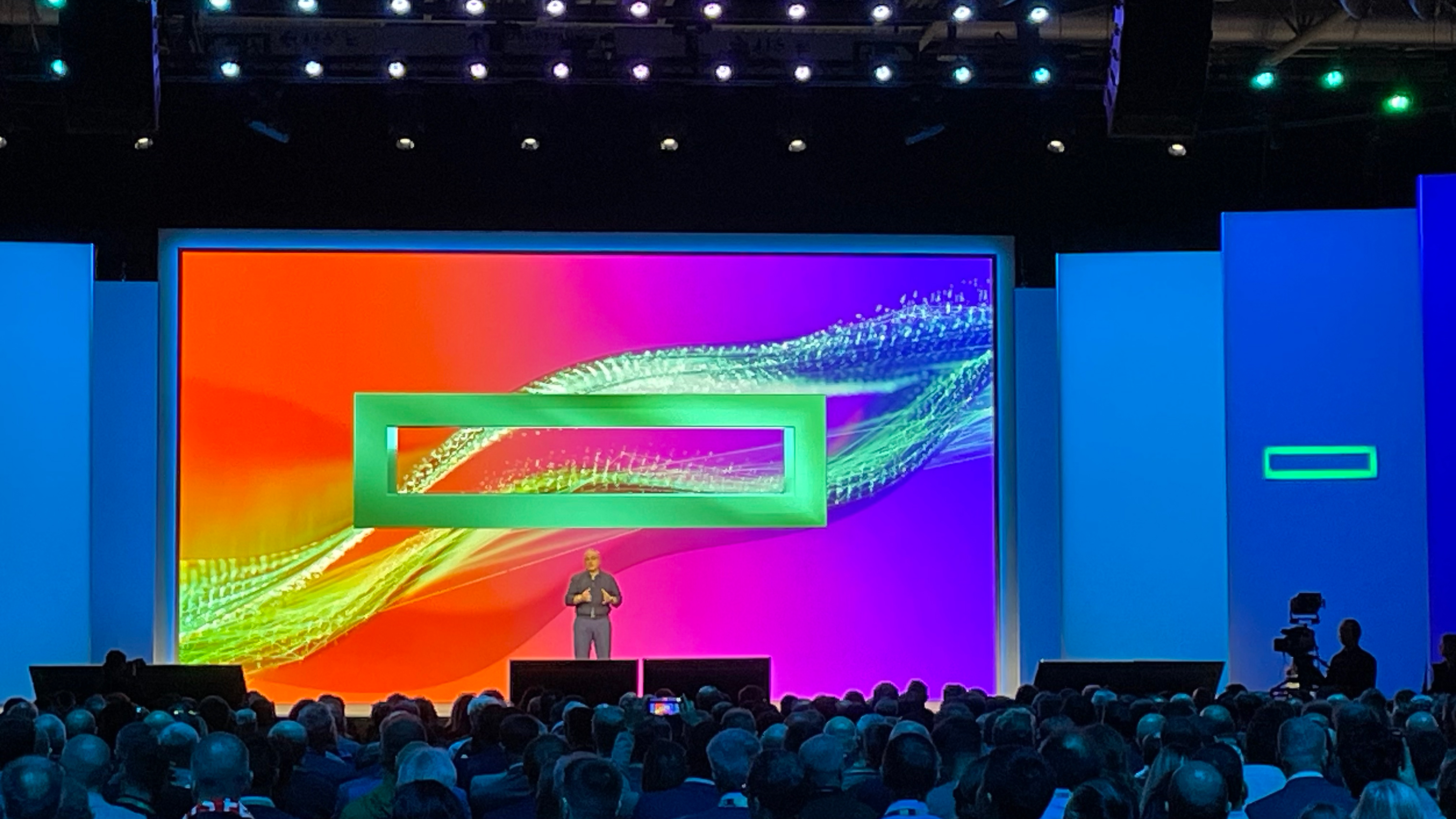 HPE announces VM Essentials – the VMWare competitor that isn’t
HPE announces VM Essentials – the VMWare competitor that isn’tNews Execs at HPE Discover acknowledge Broadcom issues, but deny they’re in competition
By Jane McCallion
-
 Barclays extends HPE GreenLake contract amid “significant acceleration” of hybrid cloud strategy
Barclays extends HPE GreenLake contract amid “significant acceleration” of hybrid cloud strategyNews The pair will step up their collaboration to drive private cloud efficiencies using AI and other new technologies
By Daniel Todd
-
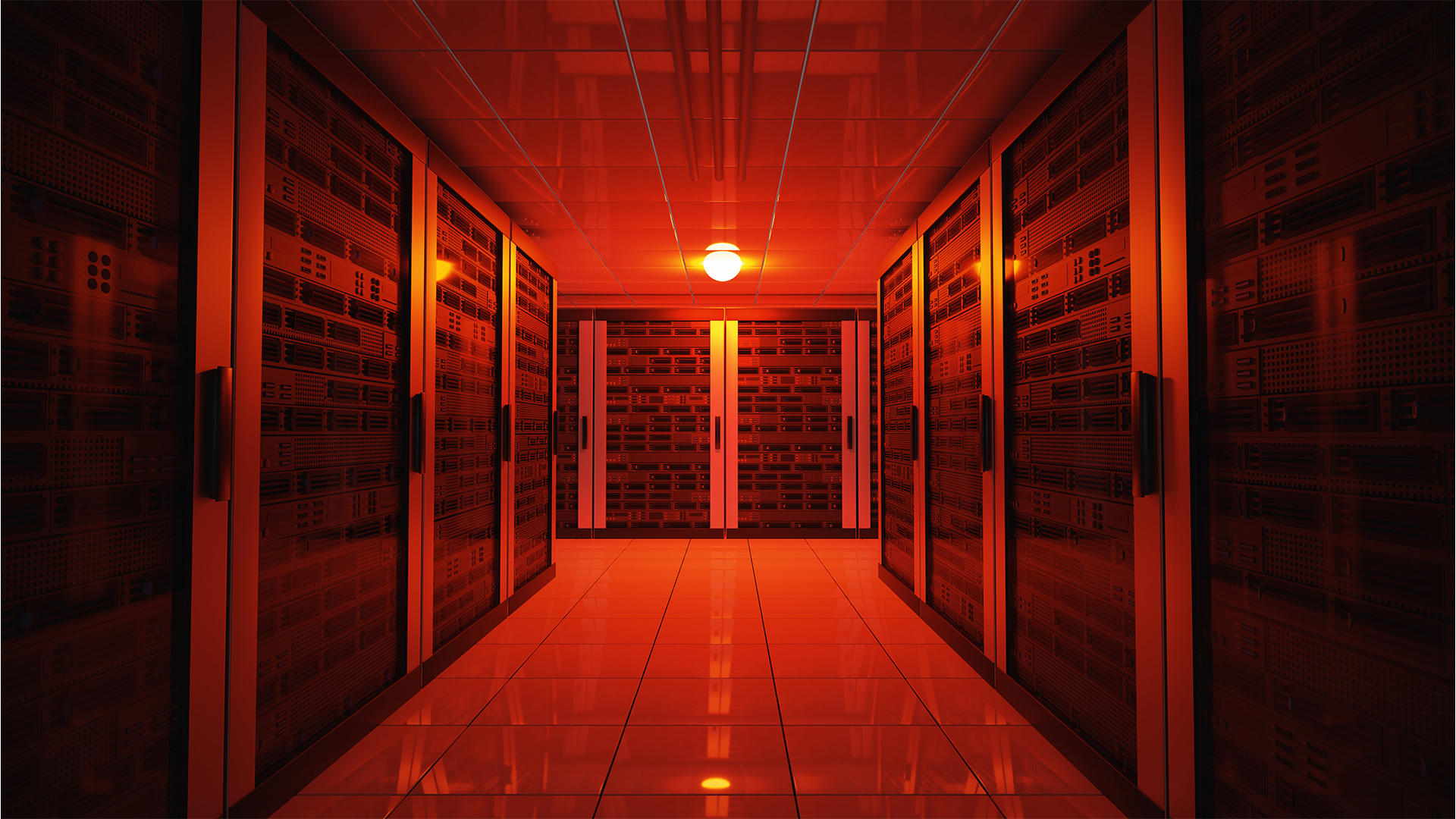 'Catastrophic' cloud outages are keeping IT leaders up at night – is it time for businesses to rethink dependence?
'Catastrophic' cloud outages are keeping IT leaders up at night – is it time for businesses to rethink dependence?News The costs associated with cloud outages are rising steadily, prompting a major rethink on cloud strategies at enterprises globally
By Solomon Klappholz
-
 Scottish data center provider teams up with HPE to unveil National Cloud – a UK sovereign cloud service for large enterprises, tech startups, and public sector organizations
Scottish data center provider teams up with HPE to unveil National Cloud – a UK sovereign cloud service for large enterprises, tech startups, and public sector organizationsNews The DataVita National Cloud service is aimed at customers with complex workloads, addressing compliance and security concerns for public services and regulated industries
By Emma Woollacott
-
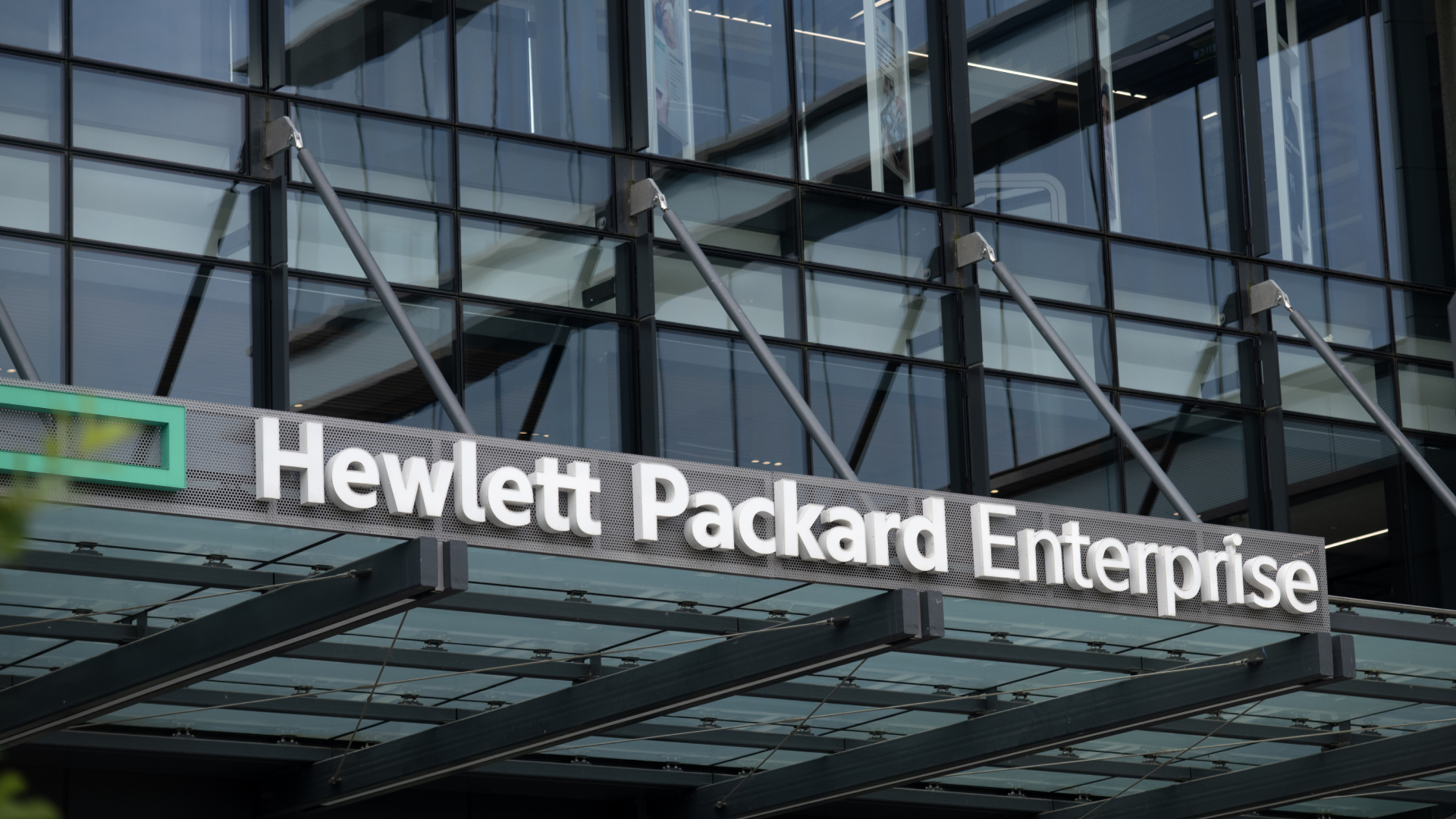 HPE eyes ‘major leap’ for GreenLake with Morpheus Data acquisition
HPE eyes ‘major leap’ for GreenLake with Morpheus Data acquisitionNews HPE will integrate Morpheus’ hybrid cloud management technology to ‘future-proof’ its GreenLake platform
By Daniel Todd
-
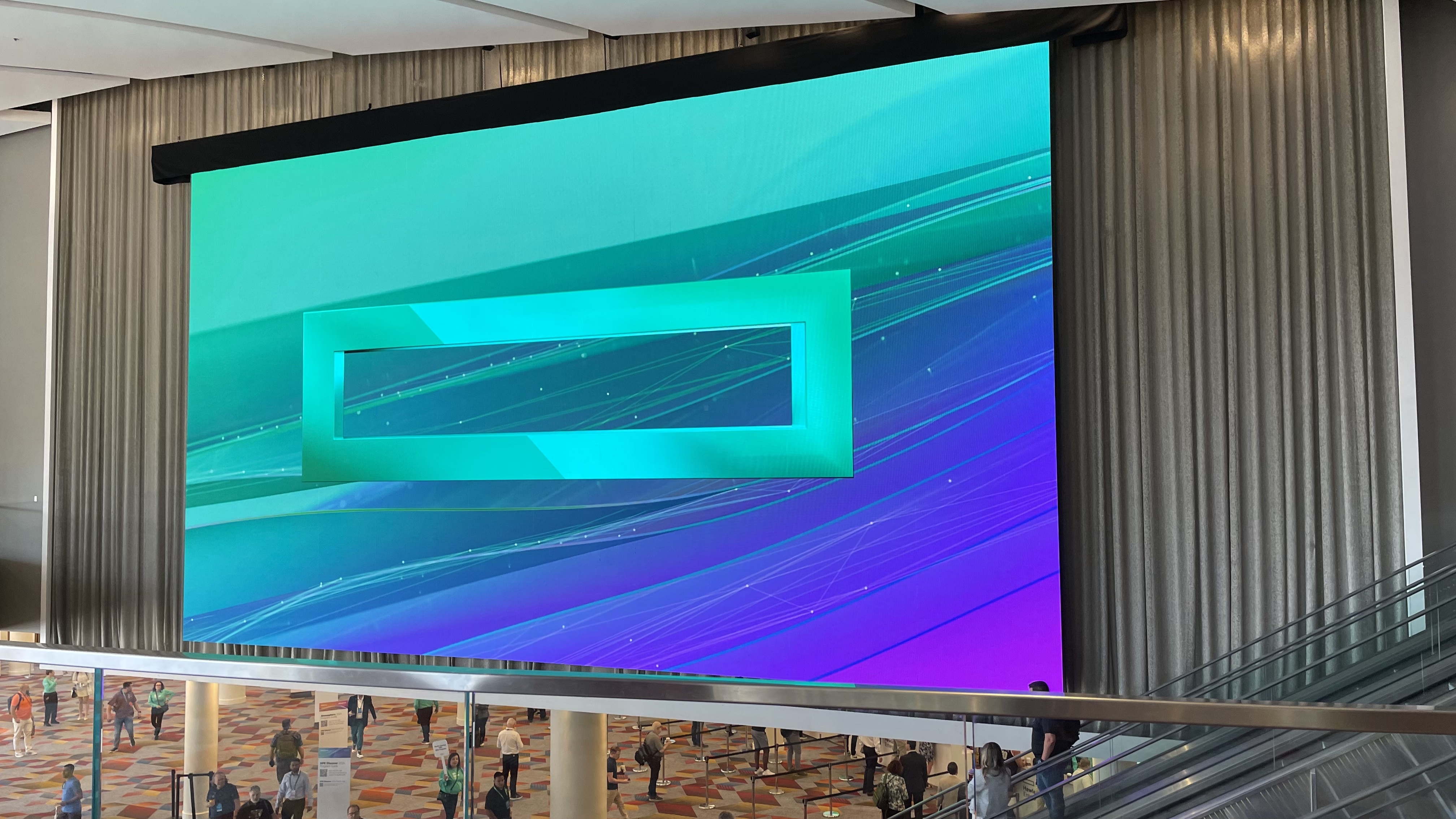 HPE Discover 2024 live: All the news and updates as they happened
HPE Discover 2024 live: All the news and updates as they happenedLive Blog HPE Discover 2024 is a wrap – here's everything we learned in Las Vegas this year
By Jane McCallion
-
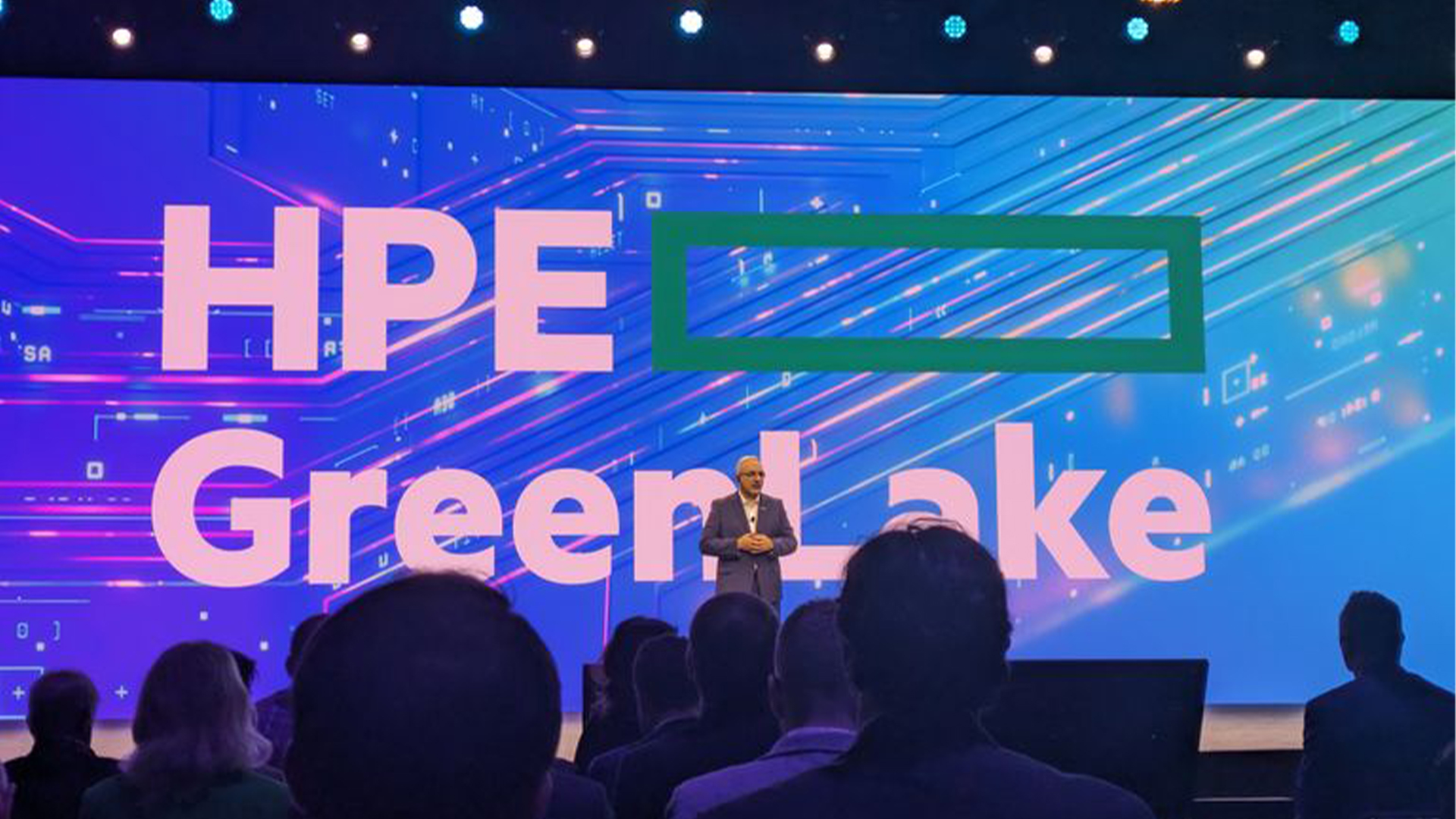 Four things to look out for at HPE Discover 2024
Four things to look out for at HPE Discover 2024Analysis HPE Discover 2024 is taking place at the Venetian in Las Vegas from 18-19 June. Here are some ideas of what we can expect to see at the show
By Jane McCallion
-
 HPE GreenLake gets a slew of new storage features
HPE GreenLake gets a slew of new storage featuresNews The additions to HPE GreenLake will help businesses simplify how they optimize storage, data, and workloads, the company suggests
By Jane McCallion